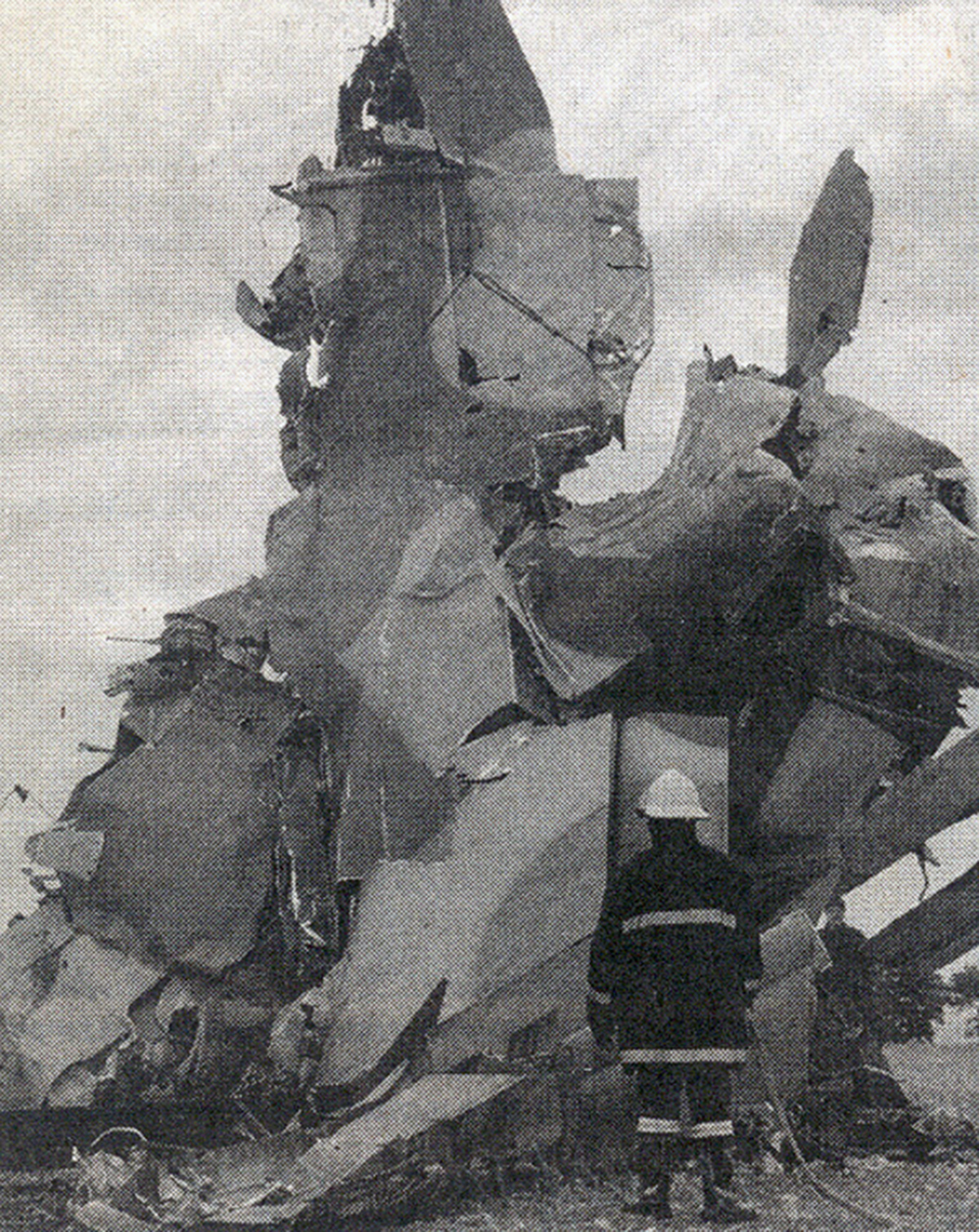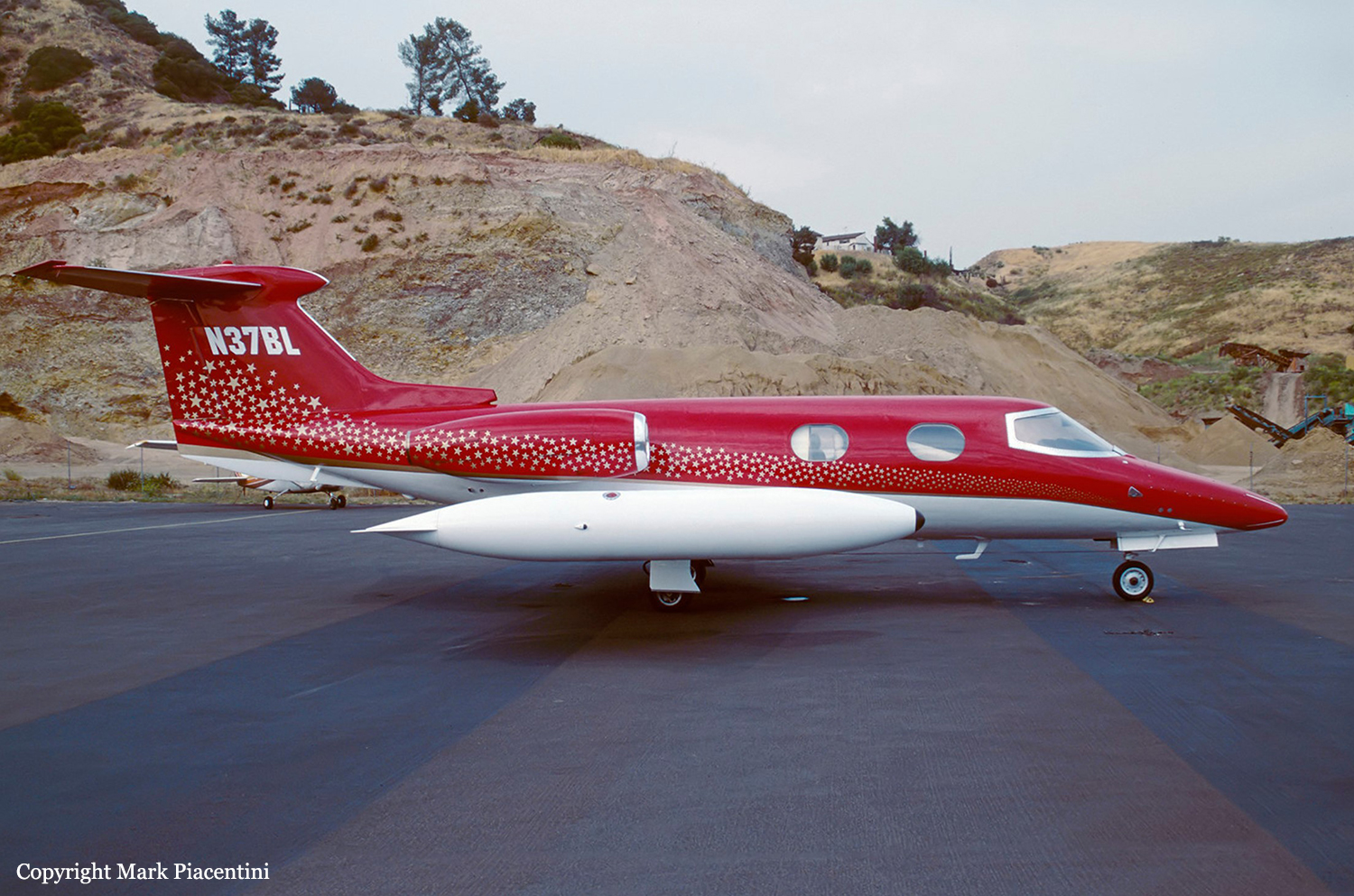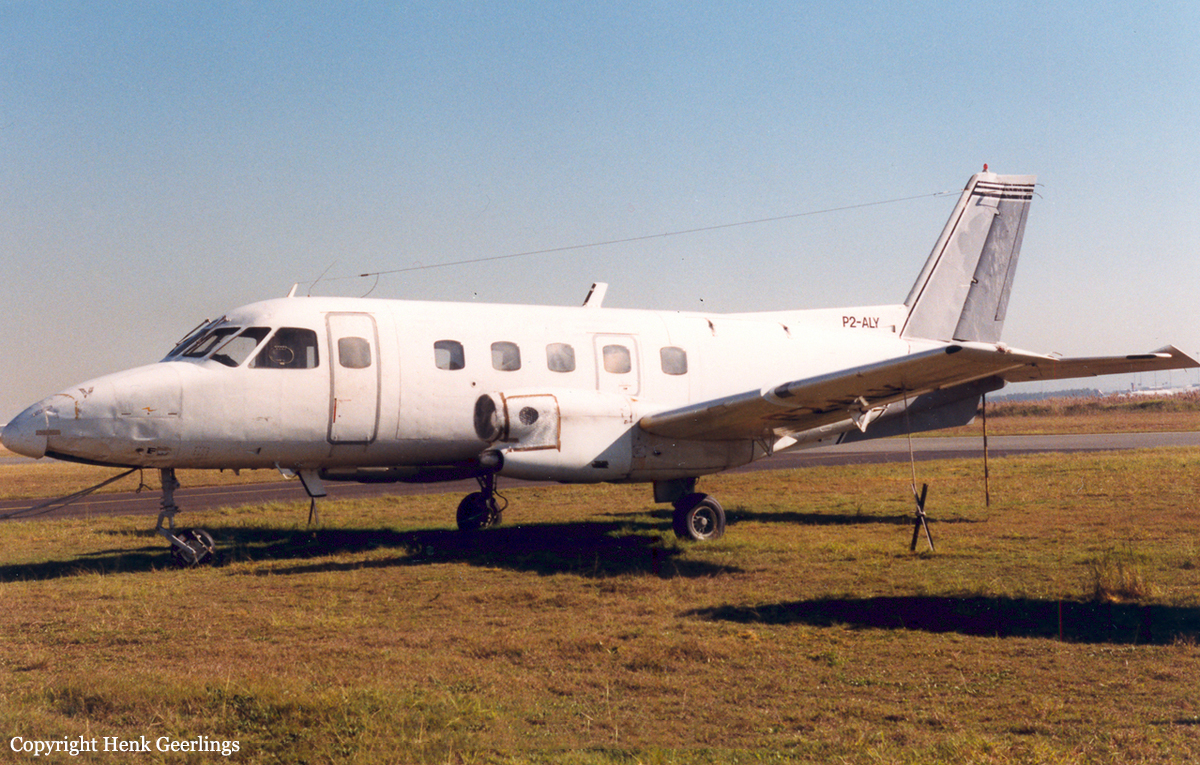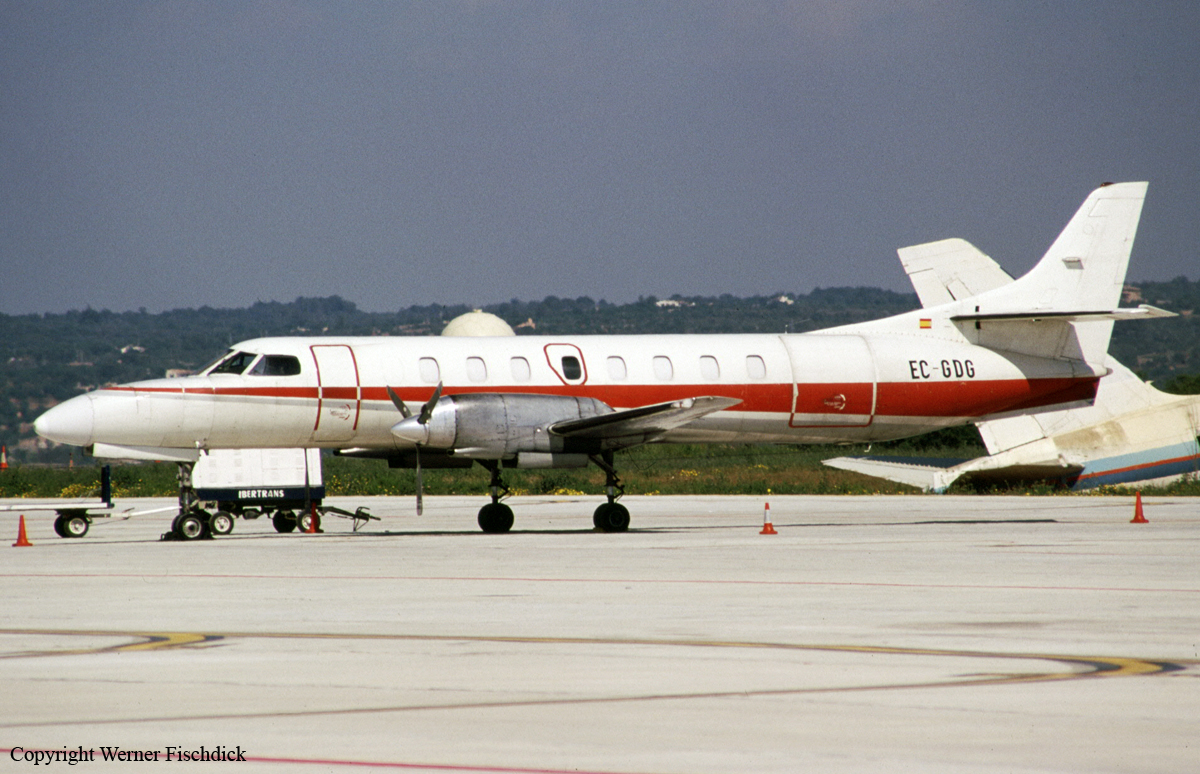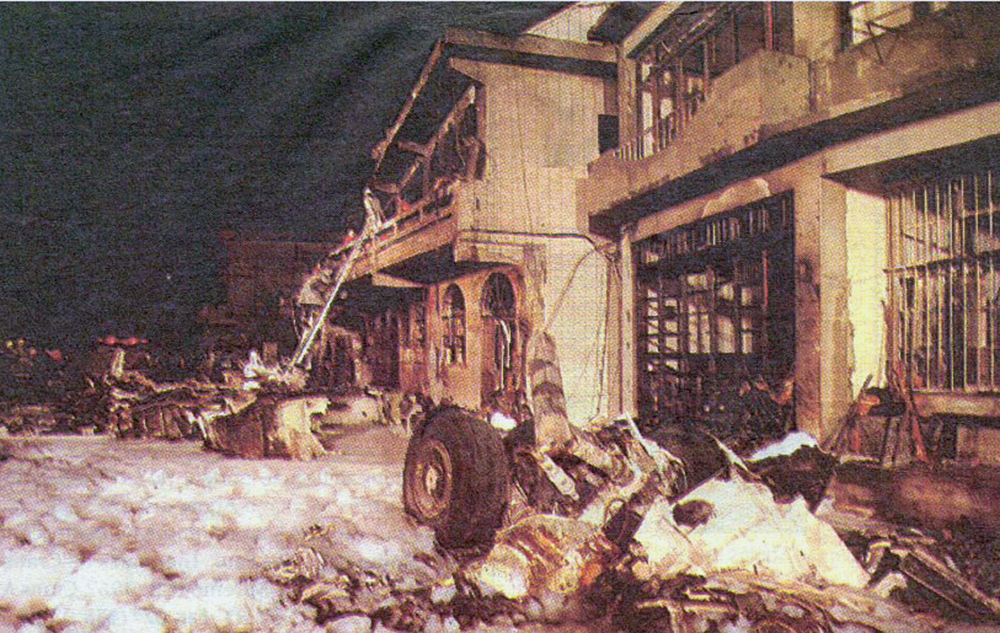Crash of a Casa 212-A1 Aviocar 100 in Valladolid: 3 killed
Date & Time:
Mar 12, 1998
Registration:
XT.12B-2
Survivors:
No
Schedule:
Madrid - Valladolid
MSN:
002
YOM:
1971
Crew on board:
3
Crew fatalities:
Pax on board:
0
Pax fatalities:
Other fatalities:
Total fatalities:
3
Circumstances:
The crew departed Madrid-Torrejón AFB on a training flight to Valladolid-Villanubla Airport. While descending to Valladolid Airport, the twin engine aircraft struck the slope of a hill located near La Cistérniga, about 20 km southeast of Villanubla Airport. All three crew members were killed.
